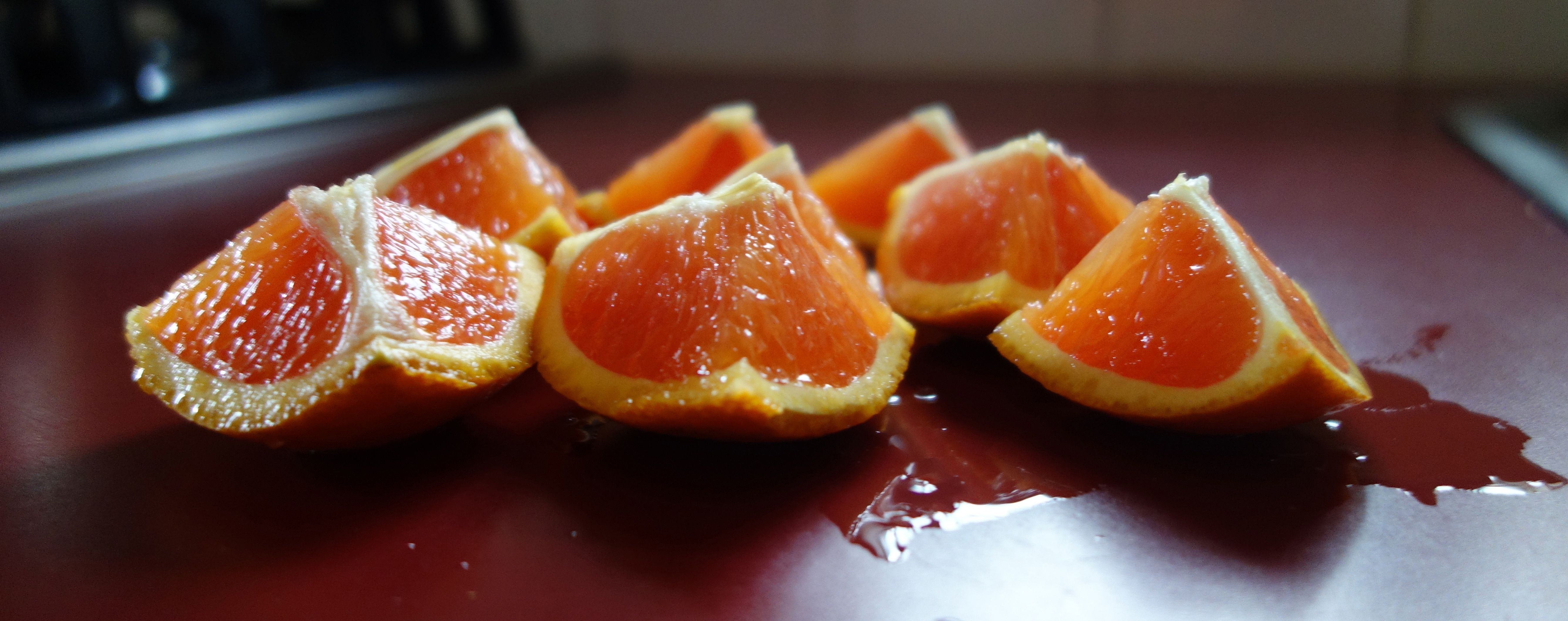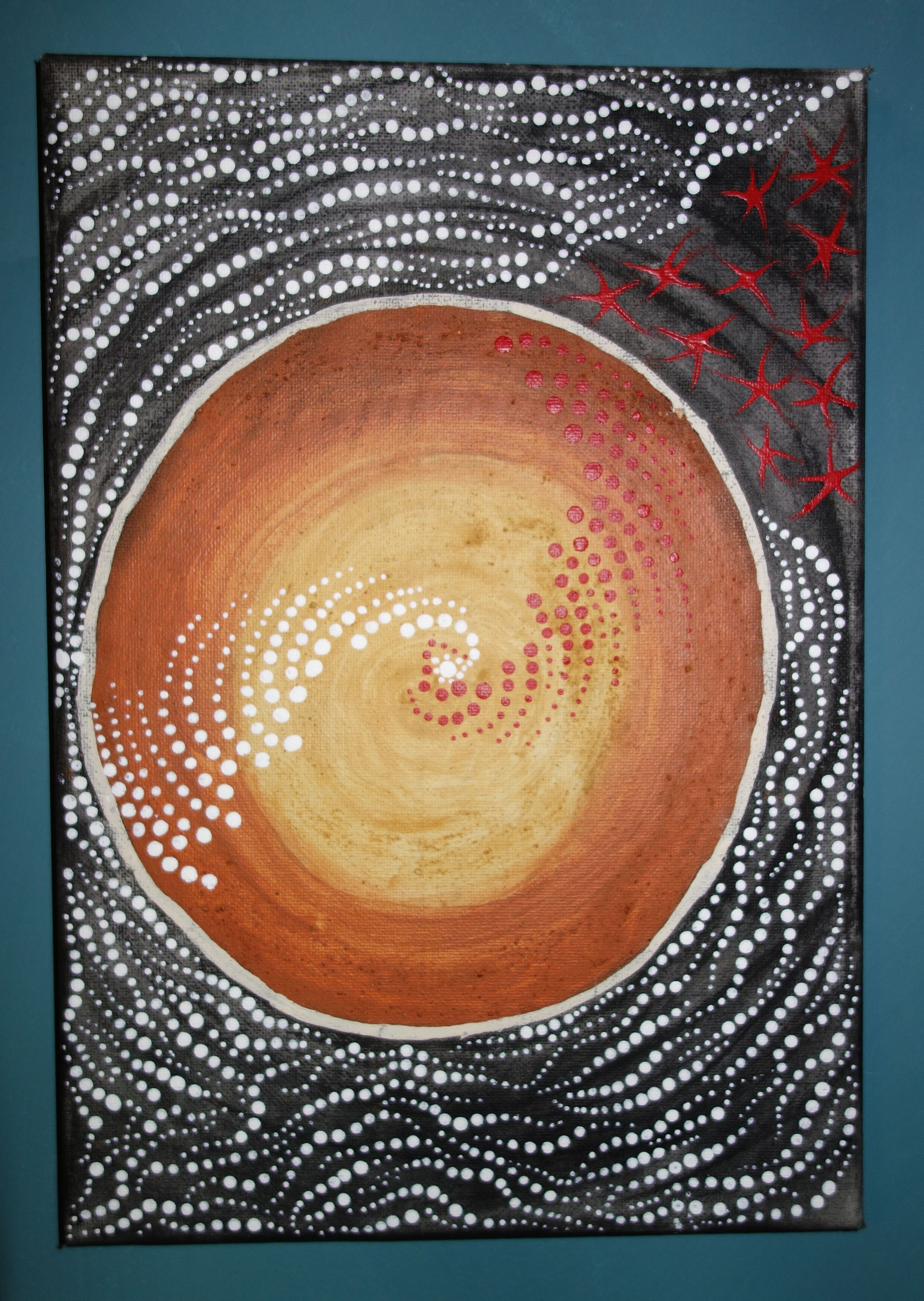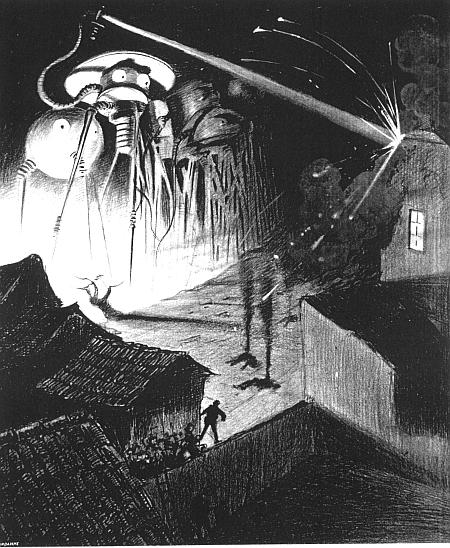If you’re looking for some mild amusement, and you have an Apple computer, check out the Faces option in the ‘Apple Photos’ application. It collects images of faces, that is, anything that resembles two human eyes above a nose above a mouth. It doesn’t always get it right. Sometimes it finds sculpted faces, though they can look real enough, like these resting on top of the pond in the Sculpture Garden at the National Gallery, faces that produce a physical reaction in passers-by:

It’s not just 3D images it finds; even 2D painted faces are thrown into the collection with photos of real faces. Here it places two faces from For of Such is the Kingdom of Heaven by Frank Bramley (1891) hanging in the Auckland Art Gallery, New Zealand, next to my beautiful daughters-in-law:

How about this image of a sun sinking into the sea? I do love a good sunset, but if I’m looking for the reassurance of a human face, I prefer my son, not the sun!

But even more mysterious, curious and ridiculous, a photo of a kangaroo’s tail and back legs, sideways. I’ve looked at this circle with my glasses on and glasses off. I can’t see any face. But it’s good for a laugh!

It was truly surprising to see all the faces (recognised by Apple) from my photos. There were even some I had previously ignored for being too small or blurry in the background of another subject. As I was scrolling through them all, another son walked into the room and exclaimed his delight at all the faces of our family and friends appearing in a long stream across my screen. It was a bit of fun, and was fit fodder for the photo challenge this week.
*****

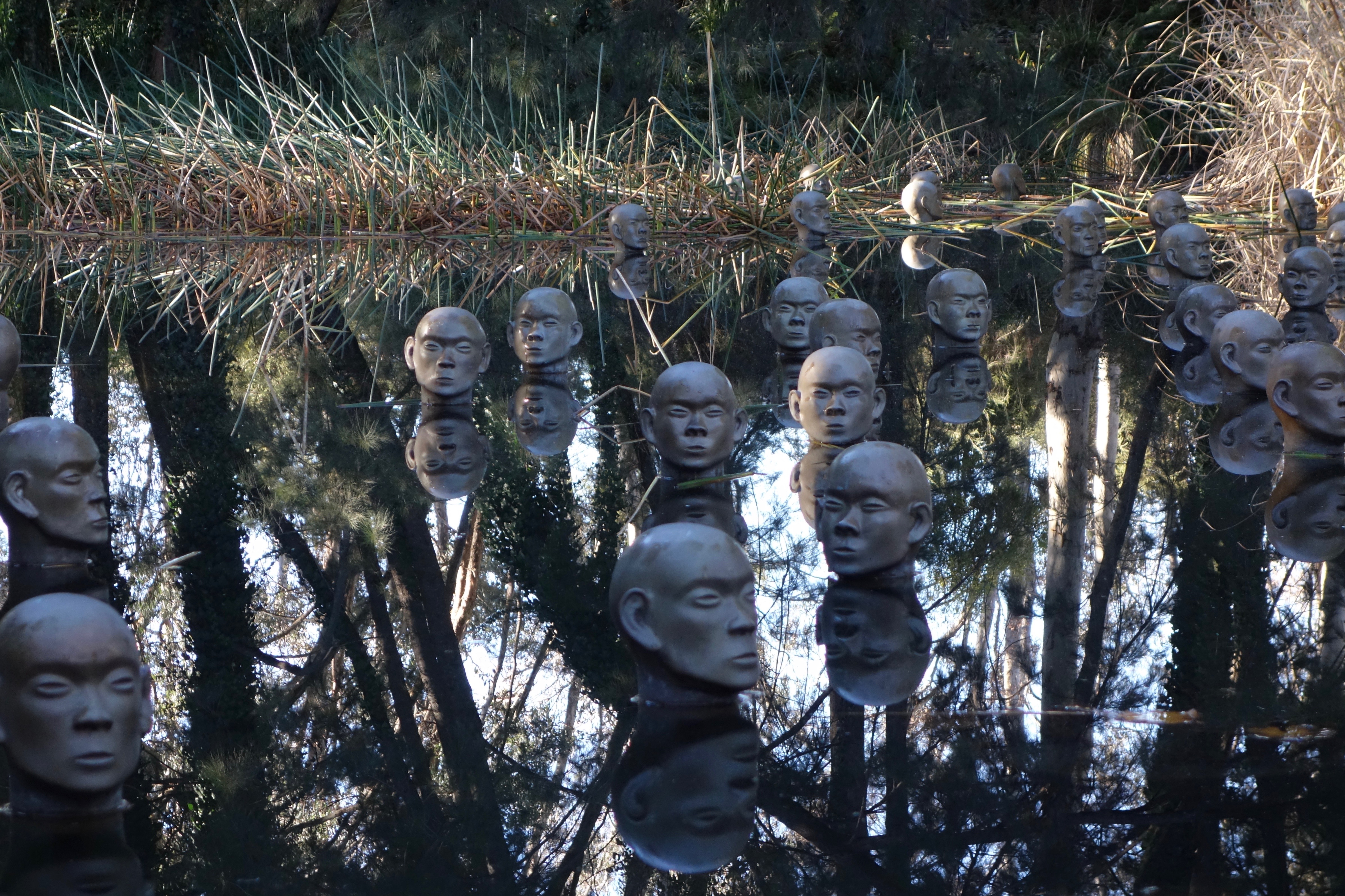
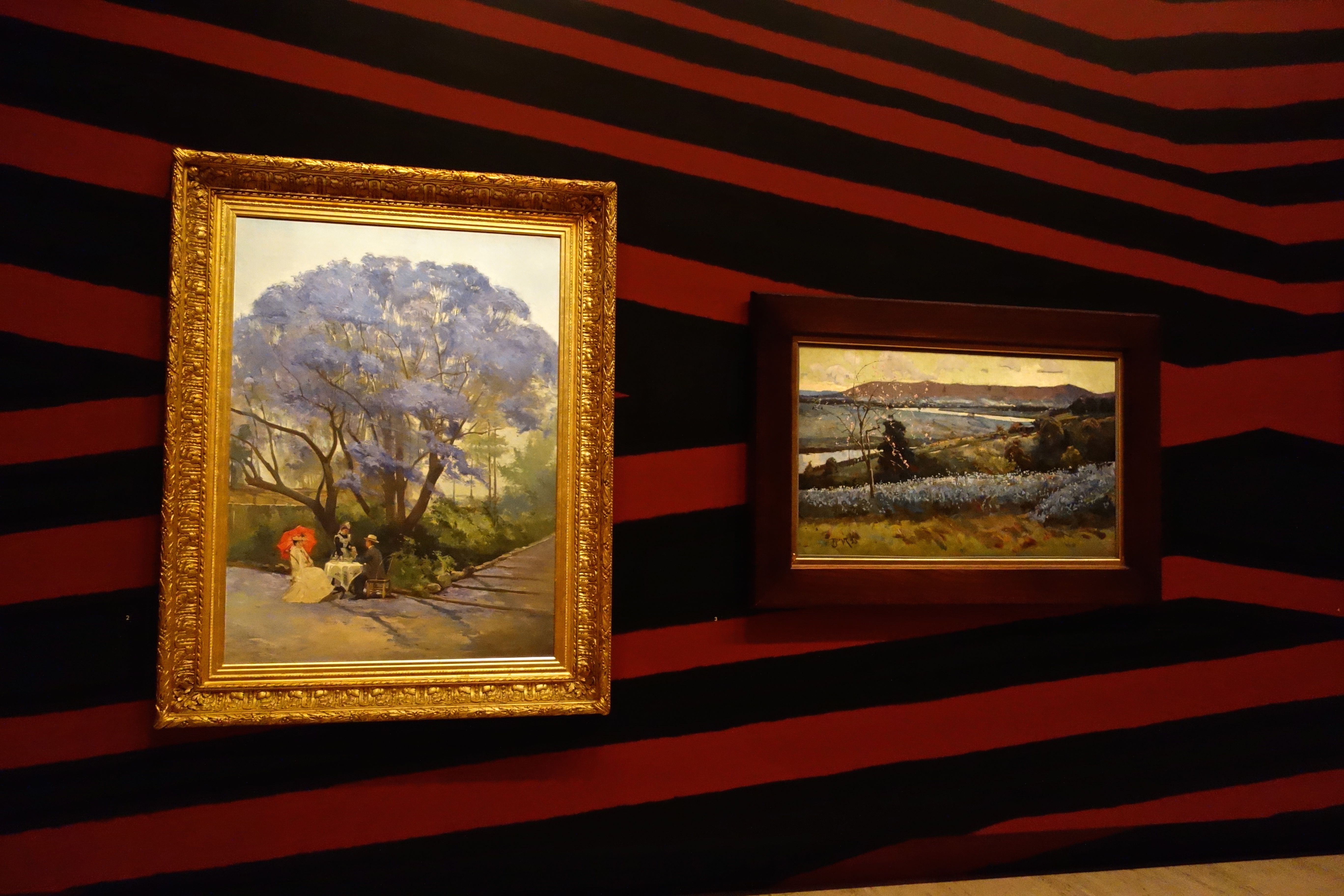



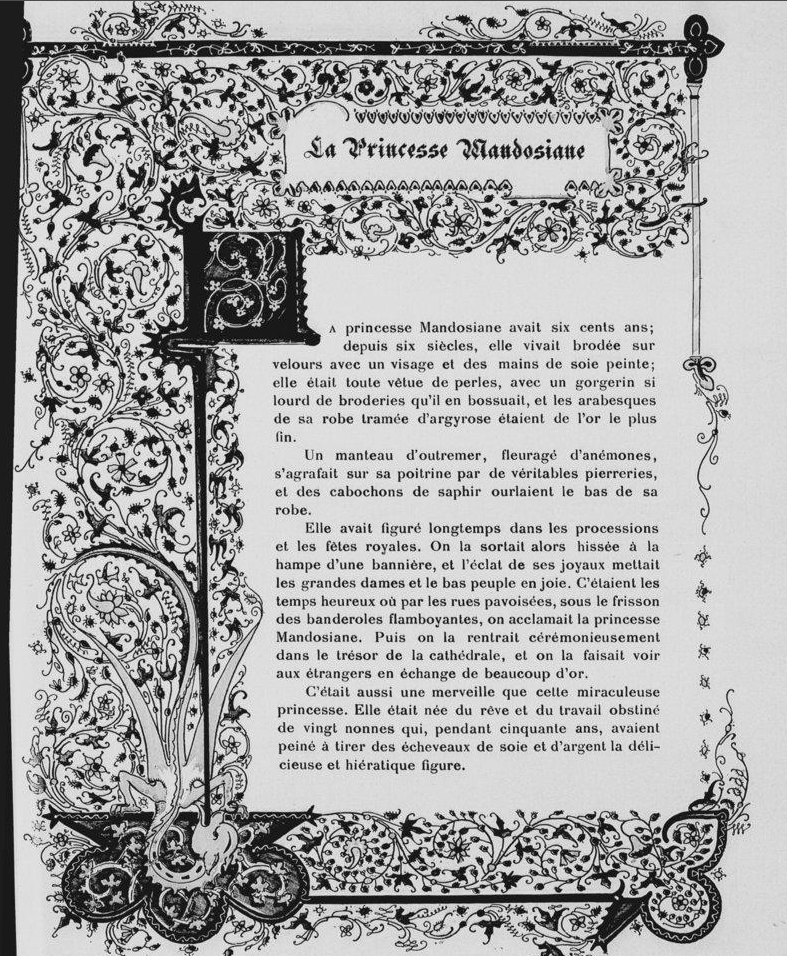

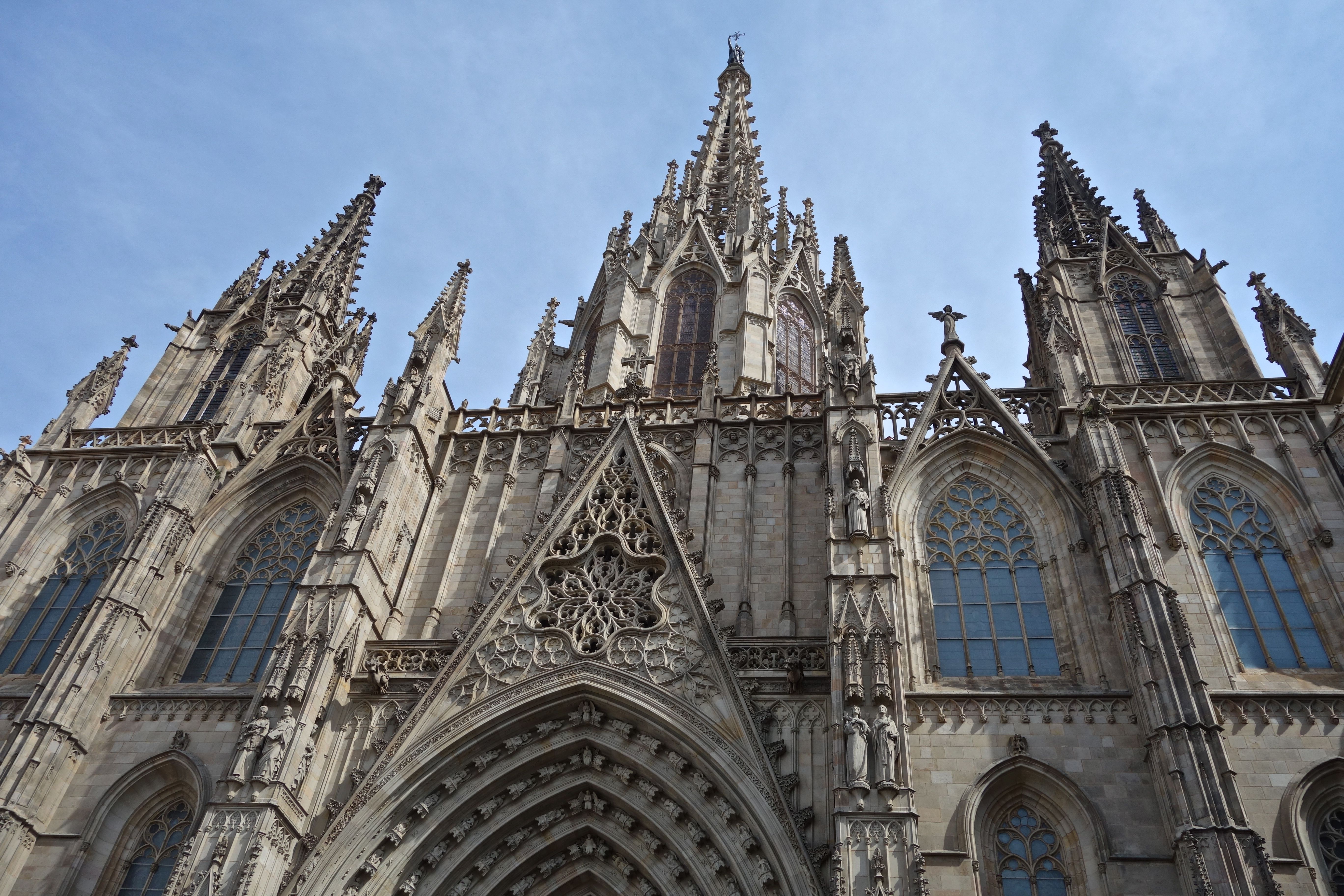


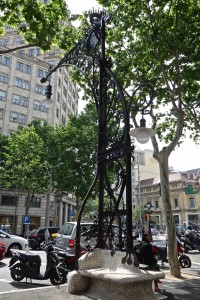
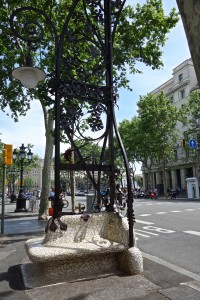
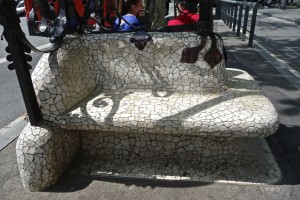
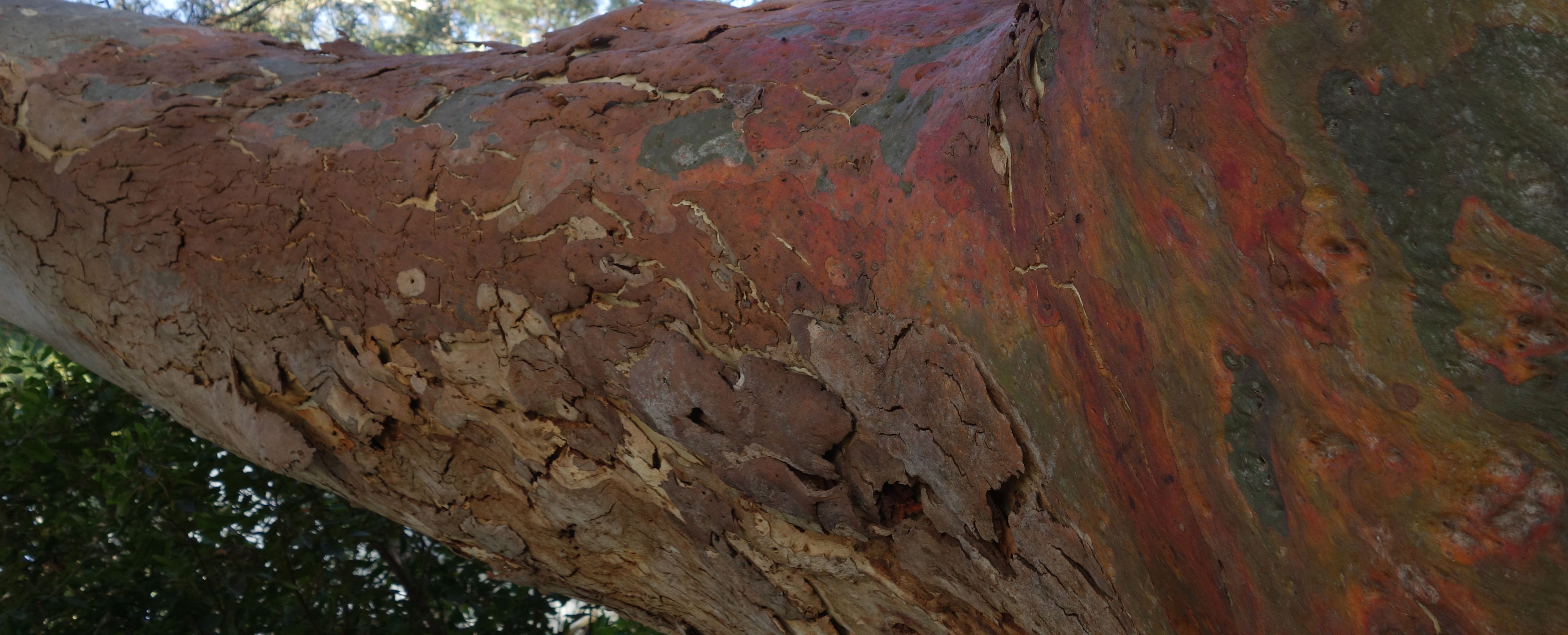


 bright green,
bright green,

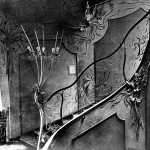
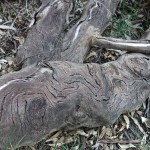
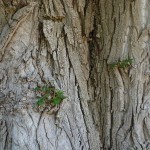
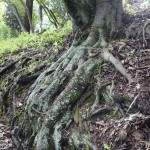
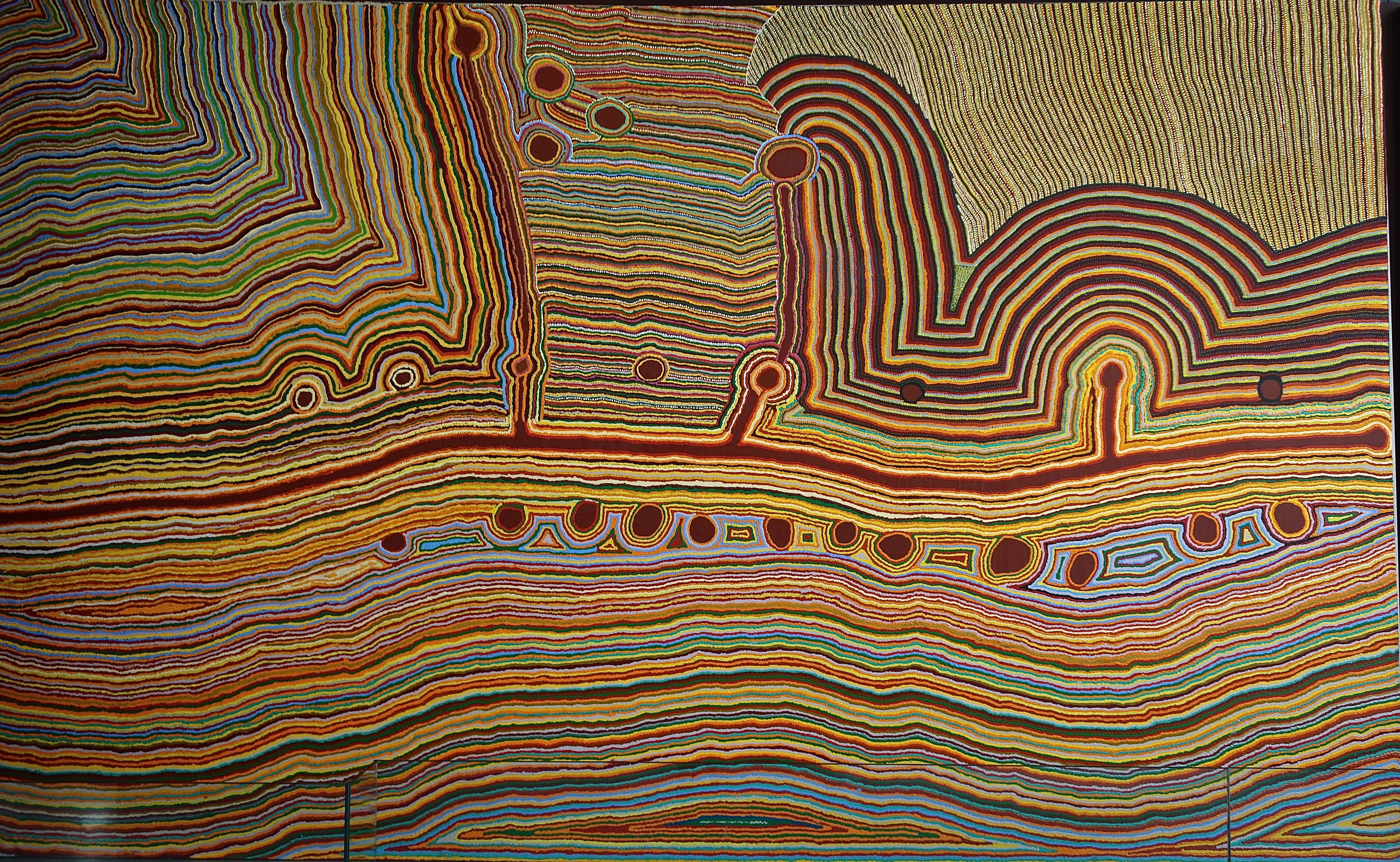
 In the foyer there are great glass windows looking onto the lake, and an artsy window dressing which produces the best shadows.
In the foyer there are great glass windows looking onto the lake, and an artsy window dressing which produces the best shadows.  As I moved up into the galleries, Eternity caught my eye. Arthur Stace famously wrote this single word in beautiful copperplate writing on the footpaths of Sydney between 1932 and 1967.
As I moved up into the galleries, Eternity caught my eye. Arthur Stace famously wrote this single word in beautiful copperplate writing on the footpaths of Sydney between 1932 and 1967.  Stace described an experience in church which prompted him to write Eternity half a million times over 35 years:
Stace described an experience in church which prompted him to write Eternity half a million times over 35 years: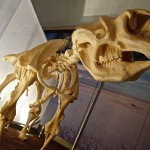
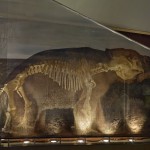
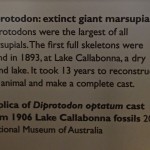
 One of the saddest sights in the museum was this gate, a reminder of times when some children were raised by institutions:
One of the saddest sights in the museum was this gate, a reminder of times when some children were raised by institutions:  There were other objects like leg irons and old pistols that remind us of our darker colonial past: and a convict bi-colour ‘magpie’ uniform, designed to deter convicts from escaping. But imagine the situation if, in 1788 and later, the roles had been reversed, and it wasn’t the English arriving to claim this land for the crown, but the Aboriginals arriving to take the land from the whites. Gordon Syron, an indigenous artist painted that ‘what if’ scene in The Black Bastards are Coming, 2006:
There were other objects like leg irons and old pistols that remind us of our darker colonial past: and a convict bi-colour ‘magpie’ uniform, designed to deter convicts from escaping. But imagine the situation if, in 1788 and later, the roles had been reversed, and it wasn’t the English arriving to claim this land for the crown, but the Aboriginals arriving to take the land from the whites. Gordon Syron, an indigenous artist painted that ‘what if’ scene in The Black Bastards are Coming, 2006:  Out on the museum terrace, one of the best spots to get a quiet waterside coffee, I was contemplating eternity when a man and dog came past on a surfboard (lakeboard?).
Out on the museum terrace, one of the best spots to get a quiet waterside coffee, I was contemplating eternity when a man and dog came past on a surfboard (lakeboard?). 
